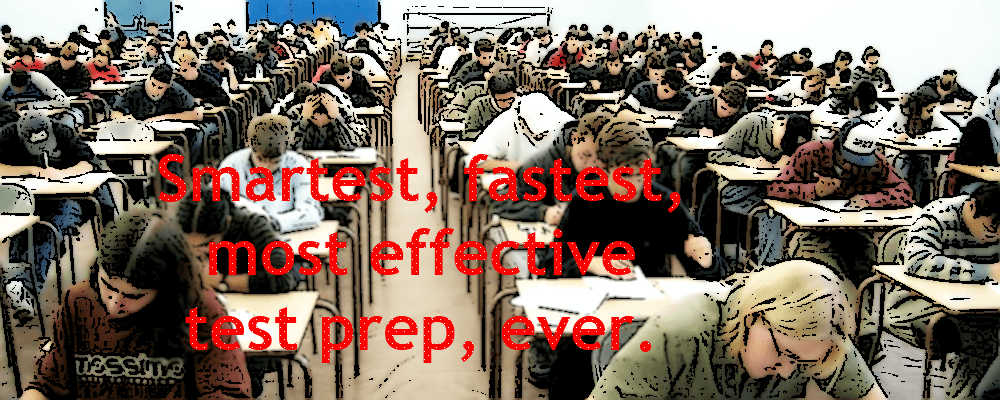LSCO Exam Details
LSCO (Local Section Chemistry Olympiad)
Students in grades 9-12
60 questions, multiple choice, 110 minutes
USNCO Exam Details
USNCO (United States National Chemistry Olympiad)
Top two students in each school in LSCO
Part 1: 60 questions, multiple choice, 90 minutes
Part 2: 8 questions, written questions, 105 minutes
Part 3: 2 lab practicals, 90 minutes
Sample Materials
Olympiad Chemistry Sample Problems >
Olympiad Chemistry Sample Formula Sheet >
Chemistry Olympiad Exam Syllabus
THEORY
Calculations Accuracy
Estimation of experimental errors, use of significant figures
Radioactivity
Nucleons, isotopes, radioactive decay and nuclear reactions (alpha, beta, gamma)
Atom
Quantum numbers (n,l,m) and orbitals (s,p,d) in hydrogen-like atoms; Hund’s rule, Pauli principle; Electronic configuration of main group and the first row transition metal atoms and their ions
Periodic Trends
Periodic table and trends (electronegativity, electronaffinity, ionization energy, atomic and ionic size, melting points, metallic character, reactivity)
Chemical Bonding
Bond types (covalent, ionic, metallic), intermolecular forces and relation to properties; Molecular structures and simple VSEPR theory (up to 4 e pairs)
Chemical Calculations
Balancing equations, empirical formula, mole concept and Avogadro’s number, stoichiometric calculations, density, calculations with different concentration units
Equilibrium
Chemical equilibrium, Le Chatelier’s principle, equilibrium constants in terms of concentrations, pressures and mole fractions
Acids and Bases
Arrhenius and Bronsted acid-base theory, pH, self ionization of water, equilibrium constants of acid-base reactions, pH of weak acid solutions, pH of very dilute solutions and simple buffer solutions, hydrolyis of salts
Solubility
Solubility constants and solubility; Complexation reactions, definition of coordination number, complex formation constants
Electrochemistry
Basics of electrochemistry: Electromotive force, Nernst equation; Electrolysis, Faraday’s laws
Chemical Kinetics
Rate of chemical reactions, elementary reactions, factors affecting the reaction rate, rate law for homogeneous and heterogeneous reactions, rate constant, reaction order, reaction energy profile, activation energy, catalysis, influence of a catalyst on thermodynamic and kinetic characteristics of a reaction
Thermodynamics
Energy, heat and work, enthalpy and energy, heat capacity, Hess’ law, standard formation enthalpies, solution, solvation and bond enthalpies; Definition and concept of entropy and Gibbs’ energy, second law of thermodynamics, direction of spontaneous change
Gases
Ideal gas law, partial pressures
Titrations
Principles of direct and indirect tiration (back titration); Acidi and alkalimetry, acidimetric titration curves, choice and colour of indicators for acidimetry; Redox titrations (permanganometric and iodometric); Simple complexometric and precipitation titrations
Inorganic Chemistry
Basic principles of inorganic qualitative analysis for ions specified in factual knowledge, flame tests; Lambert-Beer law
Organic Chemistry
Organic structure-reactivity relations (polarity, electrophilicity, nucleophilicity, inductive effects, relative stability); Structure-property relations (boiling point, acidity, basicity); Simple organic nomenclature; Hybridization and geometry at carbon centers; Sigma and pi bonds, delocalization, aromaticity, mesomeric structures; Isomerism (constitutional, configuration, conformation, tautomerism); Stereochemistry (E-Z, cis-trans isomers, chirality, optical activity, Cahn-Ingold-Prelog system, Fisher projections)
Polymers
Hydrophilic and hydrophobic groups, micelle formation; Polymers and monomers, chain polymerizations, polyaddition and polycondensation
LAB
Heating in the laboratory, heating under reflux; Mass and volume measurement (with electronic balance, measuring cylinder, pipette and burette, volumetric flask); Preparation and dilution of solutions and standard solutions; Operation of a magnetic stirrer; Carrying out of test tube reactions; Qualitative testing for organic functional groups (using a given procedure); Volumetric determination, titrations, use of a pipette bulb; Measurement of pH (by pH paper or calibrated pH meter)
Want to Enroll in Chemistry Olympiad Prep?
Enroll >

